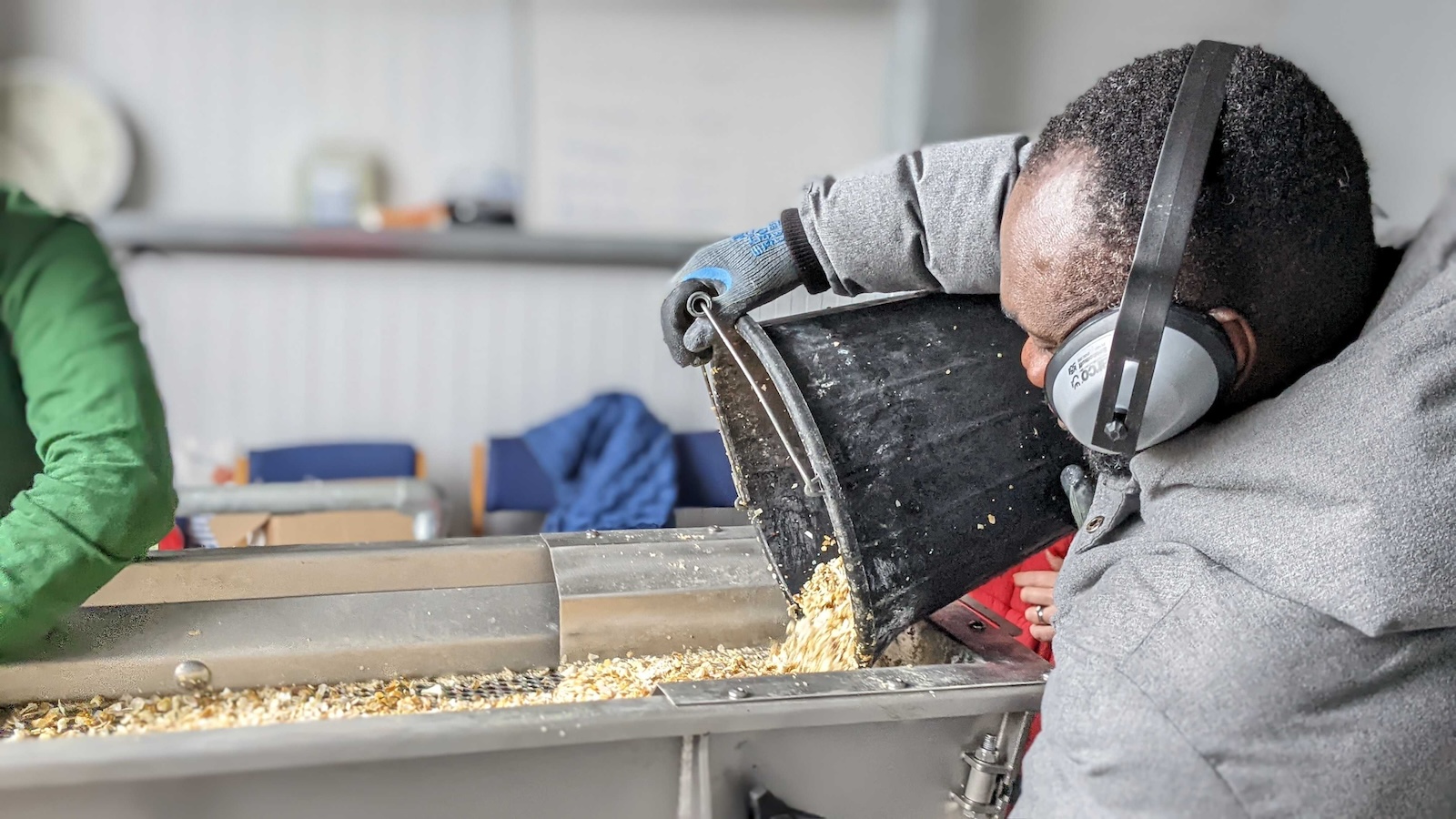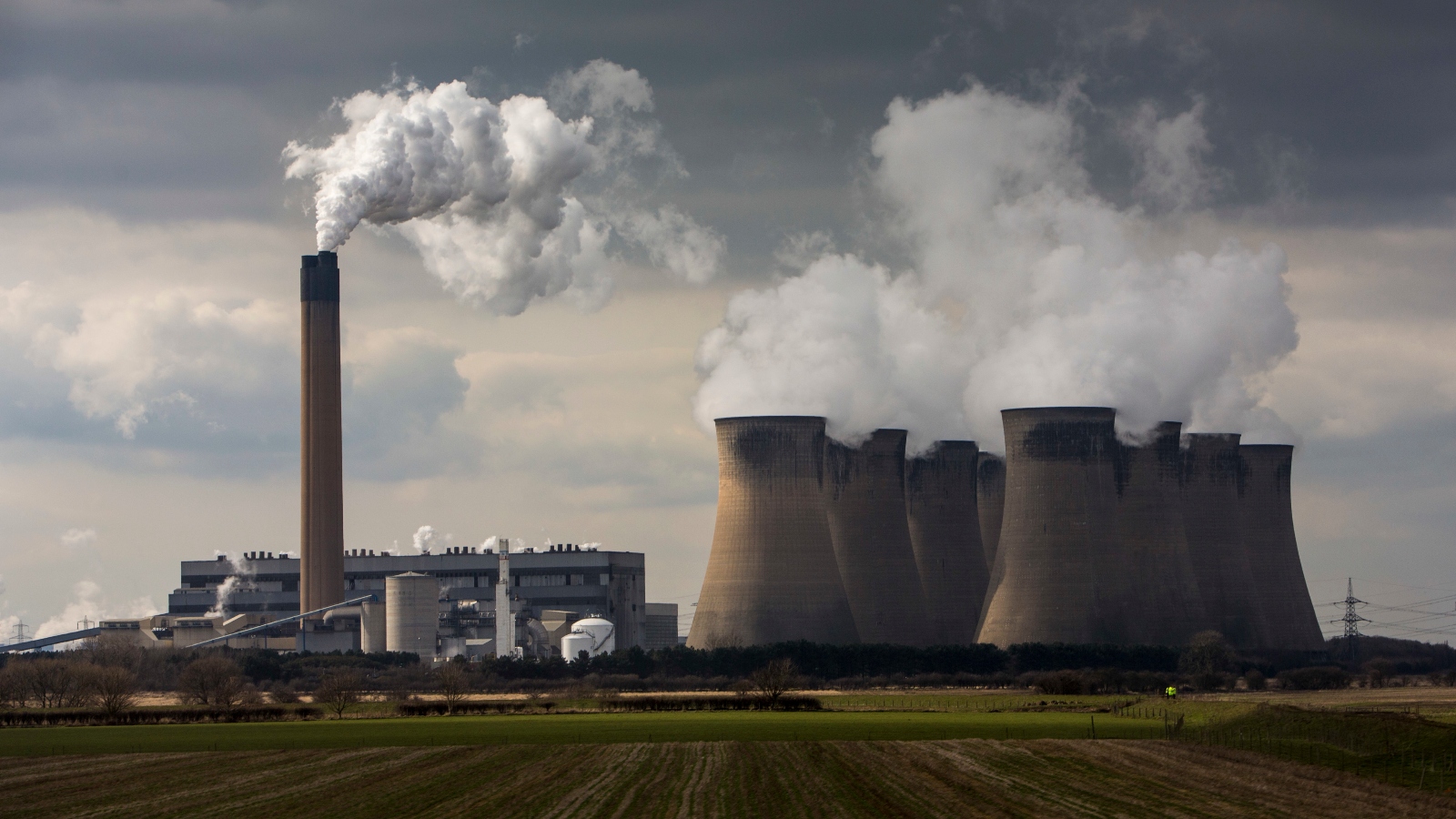The city of Magna, Utah, was once the home of a major coal-fired power plant that provided electricity for Rio Tinto’s enormous copper mine next door. But in 2019, the company shuttered the last of the four coal units, opting instead to power its mining operations with wind and solar energy.
Now plans are underway to open a different kind of industrial facility in the former coal community, one that will use waste rocks from the Kennecott copper mine to help make low-carbon concrete.
On Tuesday, Terra CO2 Technology was picked to receive a $52.6 million federal grant to build a new manufacturing plant just west of Salt Lake City. The company has devised a method that turns common minerals into additives that can help replace Portland cement — a key component in concrete, and one of the most carbon-intensive materials in the world.
“Most of what we’re focused on is reducing the carbon footprint of cement and concrete,” Bill Yearsley, CEO of Terra CO2, told Canary Media. “But this is a unique situation at the Kennecott mine, because it’s also an opportunity to repurpose some mine tailings … and provide some real environmental benefits.”
The Utah facility is one of 14 projects provisionally selected this week to receive $428 million in total awards from the U.S. Department of Energy’s Office of Manufacturing and Energy Supply Chains. The initiative, which is funded by the Bipartisan Infrastructure Law, aims to accelerate clean energy manufacturing in U.S. communities with decommissioned coal facilities. Officials said the projects are expected to create over 1,900 high-quality jobs across a dozen states.

“The transition to America’s clean energy future is being shaped by communities filled with the valuable talent and experience that comes from powering our country for decades,” U.S. Energy Secretary Jennifer Granholm said in a Tuesday news release.
The selected projects involve small and medium-sized businesses that are focused on five key supply chains: low-carbon materials, grid components, batteries, clean power generation, and energy-efficiency products.
Along with Terra CO2, two other concrete-related initiatives are up for the federal cost-sharing awards. Urban Mining Industries could get $37 million to develop plants in Baltimore and Indiantown, Florida, that convert recycled glass into cement additives. Furno Materials may receive $20 million to build a Chicago facility that turns industrial waste materials into low-carbon cement.
The announcement arrives as the world’s construction industry wrestles with how to replace cheap, abundant Portland cement — which, as it happens, was developed 200 years ago this week, when British bricklayer Joseph Aspdin cooked up the first batches of the clay-and-limestone fusion in his kitchen.
Cement production is responsible for around 8 percent of human-caused carbon dioxide emissions every year. That’s partly because cement is made in scorching gas-fired kilns, but also because the limestone used to make it releases CO2 when burned.
Terra CO2 is working to curb those emissions by developing supplementary cementitious materials, or SCMs, that can partly displace Portland cement used in concrete.
The industry already uses millions of tons of SCMs every year, both to reduce its products’ carbon footprint and to cost-effectively strengthen the material. But most SCMs today are made from fly ash and slag, byproducts from coal-fired power plants and steel mills. As more of those facilities shut down in the United States, driven by global competition and local climate policies, these materials are becoming harder and more expensive to get.
Based in Golden, Colorado, Terra CO2 makes its SCM from a variety of silicate rocks, including granite, basalt, alluvial sand and gravel, and clay-sand mixtures. The company puts these rocks in a reactor that heats them to their melting point, yielding glassy powders that can replace 25 to 40 percent of the Portland cement needed for different mixes of concrete.
Yearsley estimated that every ton of cement replaced by his company’s SCM results in 70 percent lower CO2 emissions, compared to pure Portland cement.
To date, Terra CO2 has lined up about $160 million in commitments from project finance partners to fund commercial-scale projects, and it’s raised about $61 million in venture capital, including from the mining giant Rio Tinto and Bill Gates–founded Breakthrough Energy Ventures.
The startup is about to begin work on its first commercial facility in the Dallas-Fort Worth area in Texas. The project is expected to break ground in January 2025 and begin shipping out materials by late summer 2026, Yearsley said. The facility will be capable of producing up to 240,000 metric tons of SCM per year when completed, or enough to serve roughly half of the local metropolitan market.
Yearsley said that Terra CO2 was already considering building a second plant near Salt Lake City when the federal funding opportunity came along. The company was working with Rio Tinto to figure out how to use the Kennecott copper-mine tailings as a raw material feedstock for SCMs. Then they saw that the Department of Energy identified Magna as a coal community, making it eligible for a cost-sharing grant.
“The stars aligned, which doesn’t always happen for early-stage companies,” Yearsley said. “The grant is critical because it’ll help us deploy faster on a larger scale, and it’ll improve the economics,” though he noted that Terra CO2’s products are already cost-competitive “before green incentives.”
Yearsley wouldn’t disclose the expected total cost of the Utah facility, which will also be capable of producing up to 240,000 metric tons of SCM per year. But Terra CO2 has already lined up financial commitments that should cover most of the project’s remaining capital costs, he noted.
“If we can have climate solutions that are cost-competitive for these bigger-ticket items like concrete, that’s critical,” he said.






